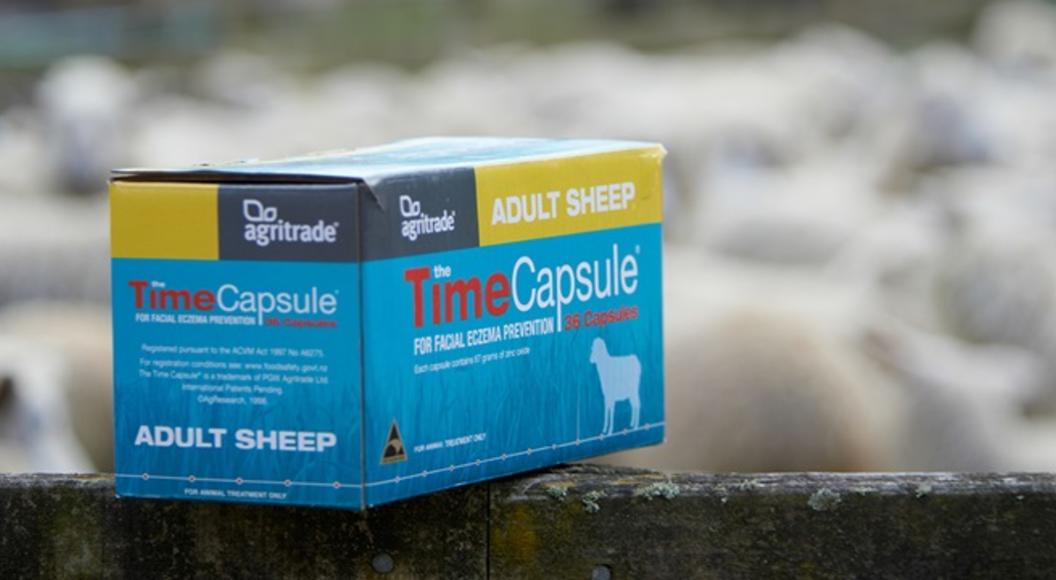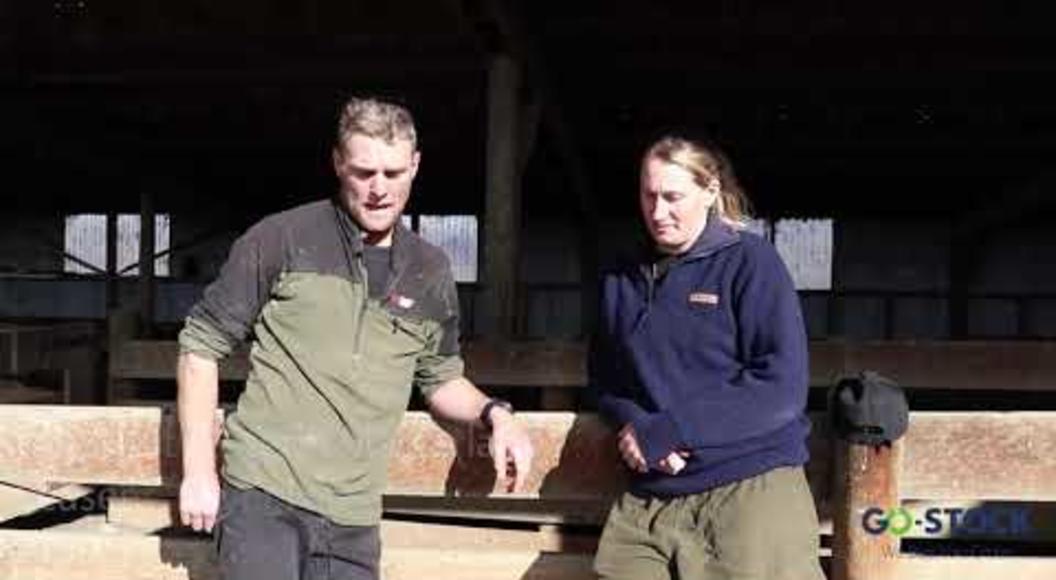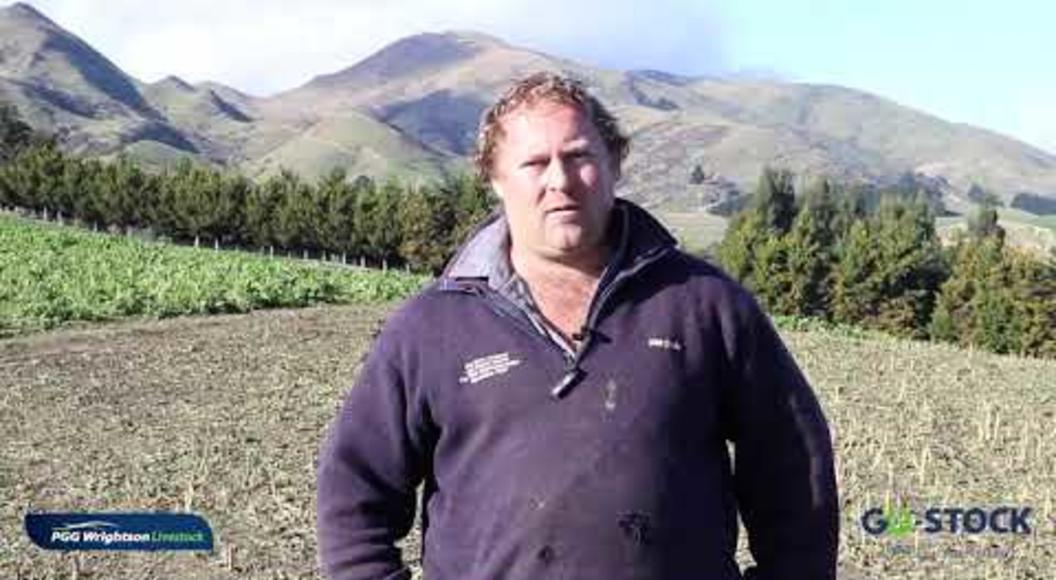
Overcoming parasite challenge
Are you tired of dagging ewes? Do you feel that no sooner than you have cleaned them up, they start getting dirty again? Or have you got a constant tail end appearing in the flock, even when you think you are feeding them well? If the answer is yes, then it may be time to take corrective action.
Step 1: Get a diagnosis
One of the most common causes for the appearance of dags and the development of tail end ewes is the constant challenge from gastrointestinal parasite larvae. Taking a faecal egg count, or doing a post-mortem on a few tail end ewes is often a good place to start an investigation.
Step 2: Short term action plan
When parasites are the problem, you need to reduce the constant challenge the ewes are facing by killing the incoming parasite larvae. Treating ewes pre-lamb or even earlier during the winter, with long acting products such as Cydectin® Long Acting Injection for Sheep will stop the protein loss that is occurring due to the parasite challenge. Bigger lambs and heavier ewes at weaning should then be the outcome. New Zealand trials completed in 2016 demonstrated that Cydectin LA treated ewes that were under parasite challenge during late pregnancy and early lactation, were 3.2 kg heavier and had lambs that were on average 2.6 kg heavier at weaning compared to untreated ewes1.
Step 3: Long-term action plan
Using drenches on all ewes, year after year, might seem like a good idea when you first see the benefits they deliver. However, there are two good reasons for not taking this approach:
- Drench resistance: Using drenches repeatedly, particularly to decrease the worm population on pasture, decreases the time it takes until these drenches no longer work on your farm.
- Cost benefit: As you decrease the parasite population on pasture, there is less need for the drench
Long-term control of the parasite population on pasture is necessary to prevent excessive challenge to the ewes but this is best achieved through the integrated grazing of cattle and sheep rather than the excessive use of drench. Ensuring both cattle and sheep graze over the same areas of your farm is the best way to decrease parasite numbers for both species, with the added benefit of improved pasture quality.
If you need advice on how to target your parasite challenge, contact your local PGG Wrightson Technical Field Representative.
ARTICLE SUPPLIED BY ZOETIS
1Bingham, C., A. Hodge, and B. Mariadass, Comparison of two long acting pre-lambing anthelmintic treatments on the productivity of ewes in low body condition. New Zealand Veterinary Journal, 2017. 65(3): p. 152-155.


